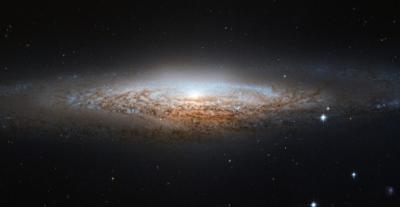Tue, Apr 03, 2012
Advertisement
More News
 ALTO NG Sees Increased Payload
ALTO NG Sees Increased Payload
Improvement Brings LSA to Poland, Germany, & Hungary Czech LSA manufacturer Direct Fly has given its low-wing, tricycle geared LSA an upgrade, with a bump to a max takeoff weig>[...]
 Airborne 05.30.24: High Time B29 Pilot, KLAL Teams With ACE, CHOPPER COPS
Airborne 05.30.24: High Time B29 Pilot, KLAL Teams With ACE, CHOPPER COPS
Also: Midnight eVTOL Certification, Falcon 9 Record, Pro Line Fusion, Europa Clipper The warbird community celebrated Mark Novak, Chief Pilot of their B-29 'Doc', and his accomplis>[...]
 Classic Aero-TV: Ralph Maloof Revs Up - Innovations For Homebuilt A/C Engines
Classic Aero-TV: Ralph Maloof Revs Up - Innovations For Homebuilt A/C Engines
From 2016 (YouTube Version): A VW Bug Engine Conversion Has Matured Into an Engine for the Airplane Homebuilder… While at EAA AirVenture 2016, ANN News Editor, Tom Patton, v>[...]
 NTSB Final Report: Powrachute Pegasus
NTSB Final Report: Powrachute Pegasus
Large Heavy-Duty Deer Feed Bag Obstructed The Radiator Inlet And Restricted Its Designed Cooling Capability Analysis: Before departing on the local area flight in the experimental >[...]
 Mesa Invests in TriFan 600
Mesa Invests in TriFan 600
The Project Looks Promising Enough for Procurement Already, but the Order isn't Firm Yet XTI Aerospace announced that Mesa Airlines has placed an investment-cum-order into their co>[...]
blog comments powered by Disqus




